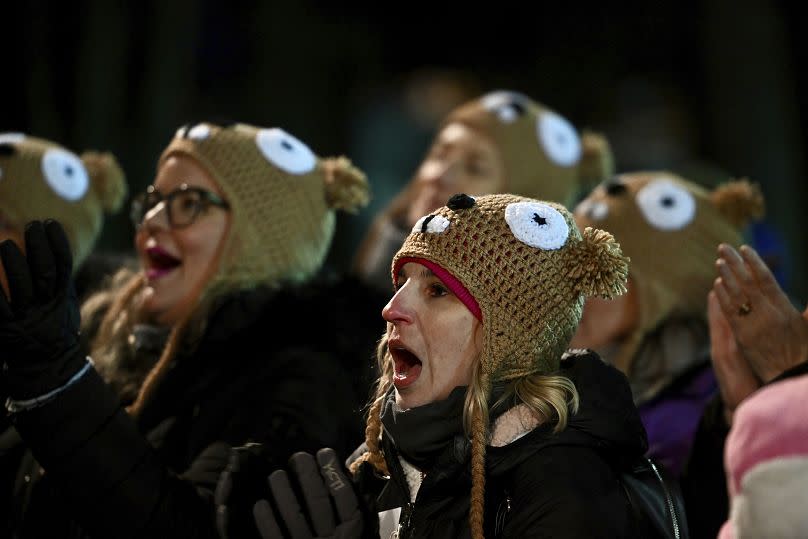Groundhog Day: The European origins of the bizarre US tradition

Groundhog Day, the US tradition where the seasons are predicted by a groundhog, was made world famous by the Bill Murray film of the same name.
But did you know the tradition's origins lie in Europe?
Every year spectators descend in their thousands on the town of Punxsutawney in Pennsylvania, US, to view the legendary Punxsutawney Phil make his prediction of the year's weather.
Folklore has it that if the celebrity rodent sees his shadow at daybreak and runs away, he is predicting that there will be six more weeks of winter. If there’s no shadow, there will be an early spring.
According to records, Phil has predicted winter more than 100 times.
Spanish town welcomes back pagan monster 'Carantoñas' after pandemic break
Merry Saturnalia! Which Christmas traditions are actually pagan?
Psychic rodents go global

In the US the annual event, which sparked the eponymous film and a Tony Award-nominated musical made by Tim Minchin, dates back to 1887.
However, it’s believed that the tradition itself was brought over by central European migrants.
Historians say that Groundhog Day has its origins in Candlemas, the Christian festival when candles are taken to church for a seasonal blessing.
In Germany the idea of clairvoyant rodents crept in, according to early retellings.
A diary entry from 1841 (predating the Punxsutawney tradition) by a storekeeper in Morgantown is one of the earliest records of groundhog weather prediction.
Kept safe by the Historical Society of Berks County in Reading, Pennsylvania, the handwritten note reads, "Last Tuesday, the 2nd, was Candlemas Day, the day on which, according to the Germans, the Groundhog peeps out of his winter quarters and if he sees his shadow he pops back for another six weeks' nap, but if the day be cloudy he remains out, as the weather is to be moderate."
Others say that the Dutch, at one time one of the largest settler groups in Pennsylvania, brought over the custom of weather-intuitive animals and used hedgehogs and badgers to predict the seasons.
The superstition was soon reoriented to groundhogs due to their large population in the midwestern state.
Happy Groundhog Day!

